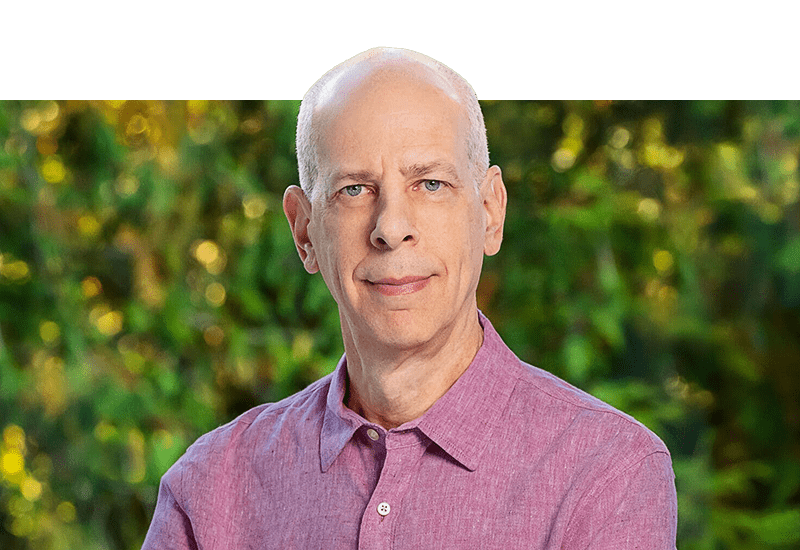
Classic math problem provides new insights for first steps of life
By
on
For centuries, scientists have puzzled over configurations of objects that fit a given space. These packing problems not only have fascinated mathematicians, they also hold critical implications for disciplines from chemistry to shipping.
Now, researchers at Princeton and MIT have applied lessons from classical packing problems to provide new insights into the early steps of animal development. In a July 16 article in the journal Nature Physics, the researchers describe how they used advanced microscopy and mathematical modeling to examine the 3D organization of cells in fruit-fly egg chamber – the multicellular precursor to the fertilizable egg. The researchers found that certain packing configurations are favored in the egg chamber, and that these patterns can be classified mathematically.
The findings have important implications for developmental biology. In animals, including humans, eggs do not develop in isolation, but instead develop in clusters of cells that include the eventual egg and a group of helpers called nurse cells in the fruit fly. The nurse cells supply the future egg with vital materials throughout its development. The physical arrangement of the cells within the egg chamber can play a critical role in the development of the egg and, eventually, the embryo, including abnormalities if the packing of cells is disrupted. The researchers were therefore interested in learning more about the math behind the chamber’s topology.
To conduct their study, the researchers examined roughly 160 egg chambers from fruit flies. The fruit fly’s egg chamber is composed of a cluster of 16 cells, roughly shaped like a bunch of grapes, that is packed in an enclosure of tissue. The 16 cells are connected by bridges of cellular material called ring canals; and the connections follow the same pattern in all egg chambers. If the connections are laid out into a two-dimensional grid, similar to the way a cartographer creates a flat map from a round globe, they would form a highly reproducible — what scientists call stereotypic — branching pattern.
“Given the reproducible pattern of cell connections, we wondered whether the cells were packed in 3D in a stereotypic manner as well. Once we realized that multiple packing configurations were possible, the question evolved to how likely we were to observe any given configuration – and why,” said Jasmin Imran Alsous, one of the paper’s lead authors, who performed the research as part of earning her doctorate from Princeton this year.
The researchers used computer models to examine this tree-like formation in three dimensions to determine whether there are recognizable patterns in the configuration. Imran Alsous said the fruit fly chambers were particularly well suited to this experiment.
“This is a beautiful system that is remarkably tractable, where you can identify each cell and study how it is positioned within the cluster,” she said.
The math in the analysis is complex, but the researchers concluded that some packing arrangements were more likely than others. Specifically, higher entropy configurations were observed more commonly than lower ones.
“All germ cells, eggs and sperm, in organisms develop in small clusters, like the one we analyzed in this study,” said Stanislav Shvartsman, professor of chemical and biological engineering and a leader of the research team. “The more we understand about them, the closer we get to some of the first steps in organismal development. This paper started with characterizing the geometry of these clusters. Our current work focuses on their dynamics.”
In addition to Imran Alsous and Shvartsman, researchers involved in the project included: Paul Villoutreix of the Lewis Sigler Institute for Integrative Genomics and the Weizmann Institute of Science; Norbert Stoop and Jörn Dunkel of the Massachusetts Institute of Technology.
Support for the work was provided in part by the National Science Foundation, the National Institutes of Health, the Paul G. Allen Frontiers Group, the WIN program between Princeton University and the Weizmann Institute, a James S. McDonnell Foundation Complex Systems Scholar Award and an Edmund F. Kelly Research Award from the MIT Department of Mathematics.







